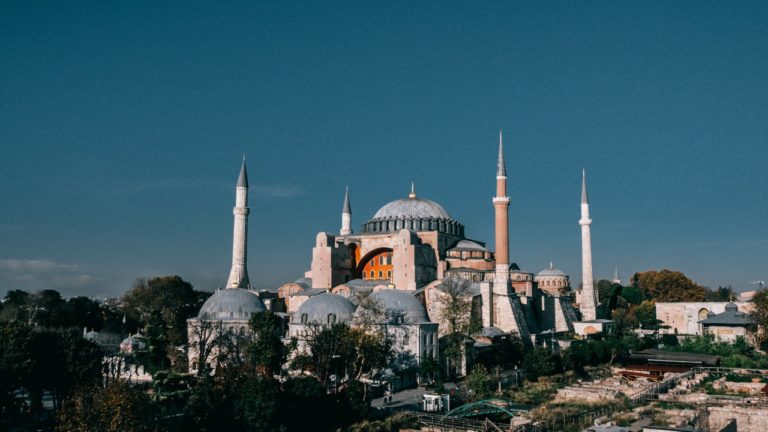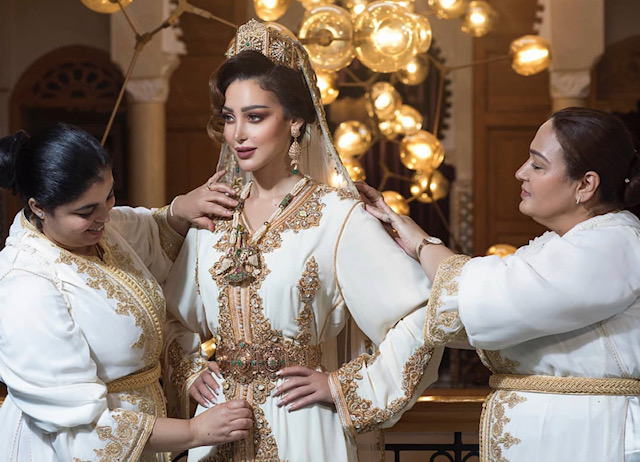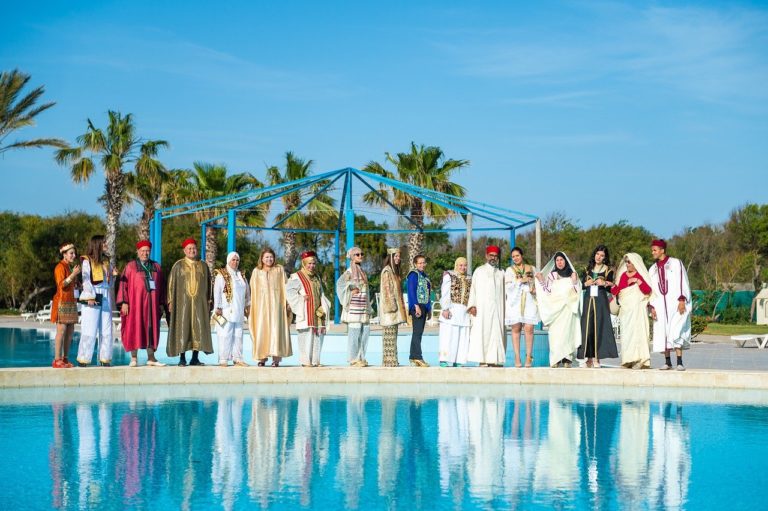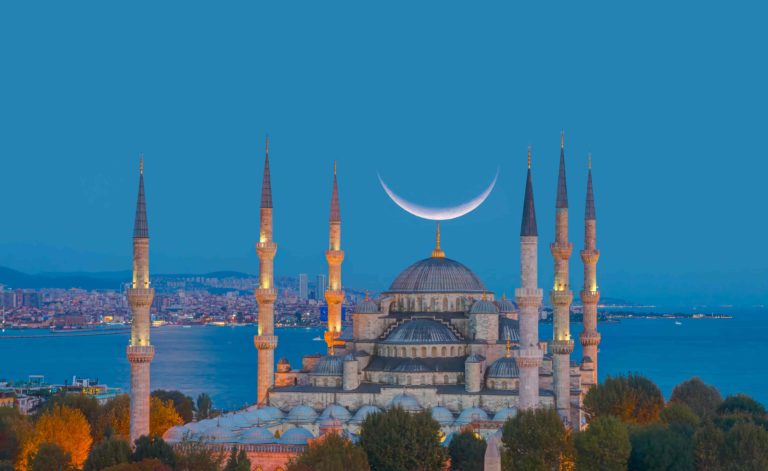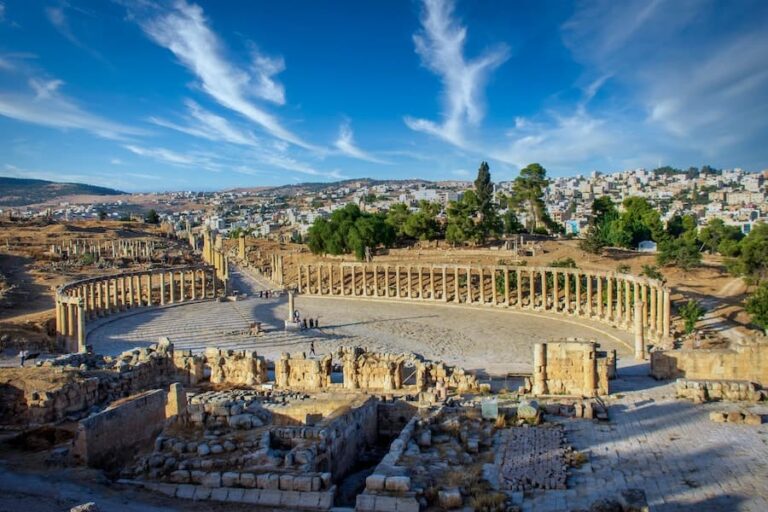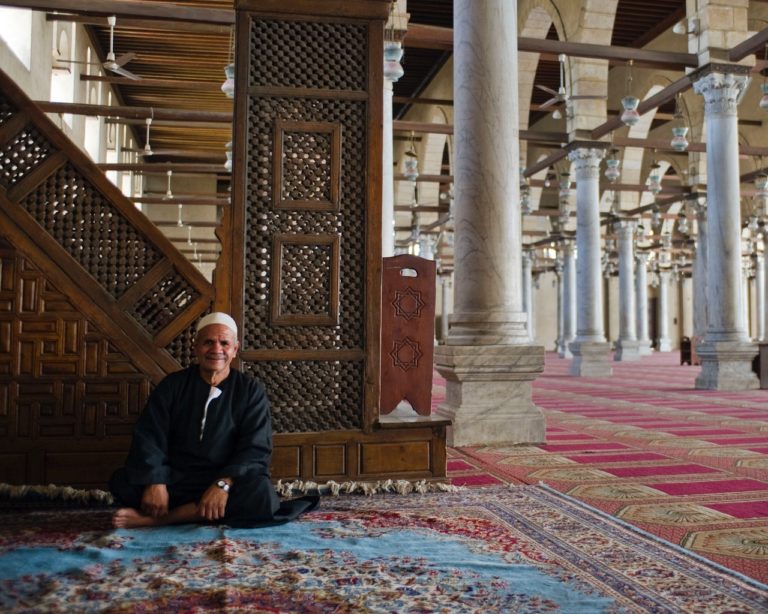Education in Morocco
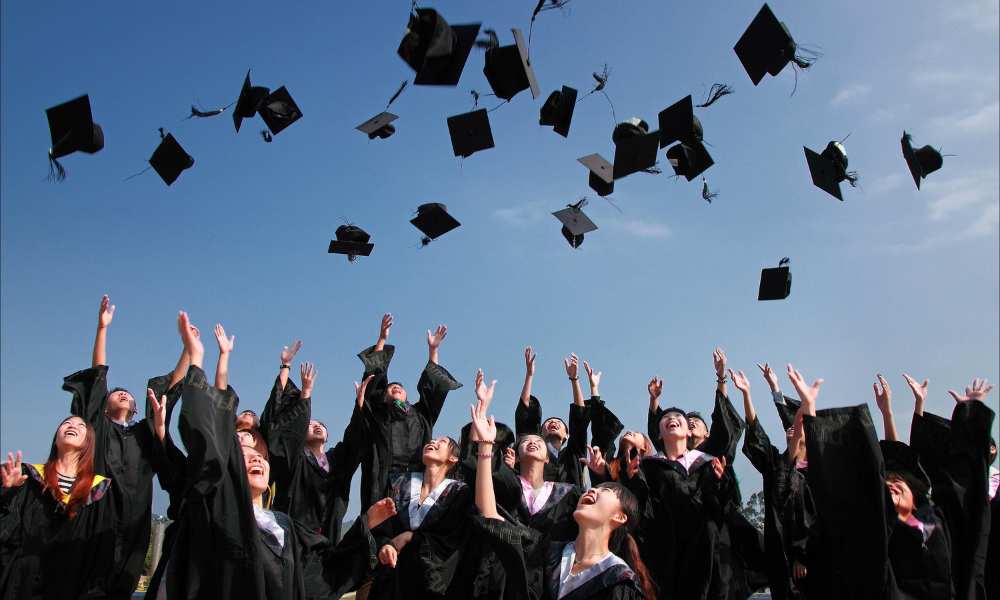
Education is essential for the development of a nation. Indeed, education is arguably the most important element in nation-building.
It is important for individuals to be well-informed, capable and ethical in order to actively participate in nation-building and contribute to the growth and well-being of their country.
Since its independence, Morocco’s educational system has gone through profound changes.
However, even as the country launches its latest education reform (the strategic 2015-2030 vision), it has a long way to go before it can meet its desired objectives.
Basic education in Morocco is compulsory and counted as a fundamental right. It is composed of six years of primary education and three years of lower secondary education.
Table of Contents
The original / Quranic (Koranic) system
Morocco is a sovereign Muslim State. Attached to its Muslim culture is the pre-colonial model of instruction or Quranic education.
At the preschool level, the latter is solely based on the study and memorization of the Quran and basic literacy and numeracy skills. At higher levels of education, it can go well beyond the bounds of theology as students explore other topics.
Fes, the spiritual and cultural capital of Morocco is home to two beautiful Quranic schools – the Bou Inania and Al-Attarine madrasas.
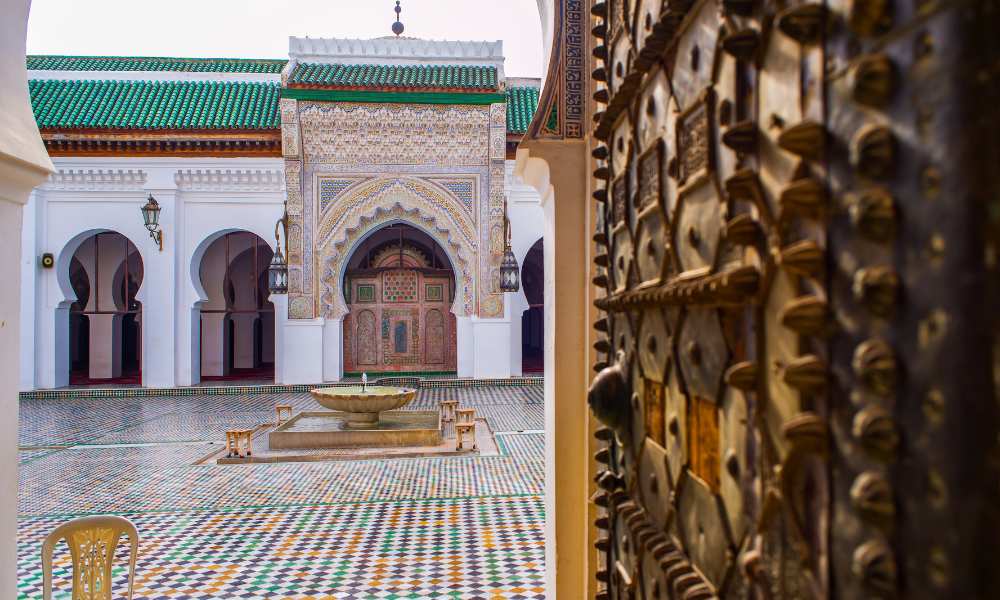
It also houses the oldest operating university in the world, according to Guinness World Records as well as UNESCO, The University of Al-Karaouine (Al Qarawiyyin).
The modern system
The modern track of education in Morocco is a replica of the Napoleonic model or French system comprised of the same cycles and duration thereof. A mixture of both this system and the above-mentioned one gives the following:
Preschool (age 4 to 6)
While not mandatory, Preschool education in Morocco is accessible to kids from the age of 4 to 6.
We can distinguish between Moroccan preprimary institutions on multiple levels. First, preschool education can be of two types: kindergartens, which follow the modern system, or Quranic (Koranic) schools, which follow the Quranic system.
Kindergartens, in turn, are split into public ones that are owned, managed and funded by the government and private ones which are unmonitored by the government.
Primary school (age 6 to 12)
Primary education starts at the age of six or seven. Students here are obliged to attend school 28 hours a week for six years.
Throughout this period, they are introduced to Standard Arabic, French, Science, and Islamic studies, Mathematics, History, and Geography in addition to English for those that go to a private school.
Students are assessed based on their coursework and the sixth-year end-of-year standardized regional test that guarantees their admission into secondary schools.
Lower Secondary/ middle school (age 12 to 15)
These three years of study tackle the same learning objectives as primary education but in an in-depth manner.
At the end of this stage, students must sit through a standardized regional exam. If they pass, they can either continue into general secondary education or choose a technical or vocational path.
Depending on their academic inclination and grades, students who select the general education path must choose one of two tracks: literacy or science.
Since formal education in Morocco does not offer vocational training, students interested in the vocational path join special centers, one of which will be tackled in more detail.
Those who chose the technical path pursue their studies at technical high schools.
Upper secondary/ high school (age 15 to 18)
Secondary education is non-compulsory and lasts for three years. The first cycle is the common core. As its name suggests, this preparatory year trains students on a wide range of areas pertaining to their track to lay the groundwork for future studies.
By the end of it, students must further narrow down their specialization depending on their track.
Those in the general track can either go for modern arts or classical languages; those in the science track can pick natural sciences, mathematics, or physics.
Those studying at technical high schools have a longer list of programs to choose from and it is as follows: mechanical engineering; electrical engineering; engineering; chemical engineering; economics/business and agricultural sciences.
Post-secondary/ tertiary education/ university
The higher educational system in Morocco follows the LMD system (Licence- Master-Doctorat).We can distinguish between two types of higher education institutions in Morocco: Open-access and limited-access.
While the first type allows any student with a baccalaureate to enroll in the first year, the second one entails a set of criteria, such as high school grades or entrance exam grade, set by the institution in question.
Another difference is that limited-access institutions offer more specialized programs such as engineering, medicine or business management. This is also the case for all Post-graduate studies in Morocco.
In general, there are 332 higher education institutions in the country, only 14 of which are public universities. The rest include private universities and private higher education institutions.
Some of the best-reputed private universities in the country are
- The International University of Rabat and Casablanca;
- Al Akhawayn University in Ifrane;
- Mohammed VI Polytechnic University;
- The private university in Fes and Marrakech.
The highest-ranked private institutions in the country are
- The Moroccan School of engineering sciences;
- ESCA School of Management;
- Sub-de Co Business School;
- HEM Business School.
Vocational education
In recent years, in an effort to reduce unemployment, the Moroccan government launched a new vocational education strategy to decrease unemployment rates.
With 370 training centers distributed in the 12 regions of Morocco, The Office of Vocational Training and Promotion of work or OFPPT remains the country’s main provider of vocational education.
The training programs offered at these centers vary in duration depending on the field of study, level and method of training.
However, what they all have in common is that their purpose is to equip students with the vocational skills that are in demand in the country’s job market.
Language of instruction in Moroccan schools
The language of instruction in Moroccan public schools has always been a hot topic of debate. With Modern Standard Arabic and French switching back and forth as languages of instruction, the latter is purely bilingual.
Since it regained its independence from the French protectorate in 1956, Morocco has gradually replaced French as a language of instruction with Arabic to restore the county’s sense of national identity.
This Arabization process took approximately 20 years. Even then, science, math, and technical classes were studied in French at universities across the country. In 2020, this included middle school and high school as well.
Currently, Modern Standard Arabic is the primary medium of instruction in public schools but in the private sector, French shows great predominance.
Interestingly, the younger generation’s enthusiasm towards English has shifted the public towards the language progressively replacing the above-mentioned ones in the Classroom.
Challenges and issues facing the education system in Morocco
Morocco allocates a good portion of its budget towards education, but still faces challenges in ensuring equality and quality in education.
The lack of basic infrastructure in some rural areas, including drinking water, electricity, hospitals and proper roads, makes it difficult for students to access education.
This combined with poverty, pushes children towards child labor as a means to support their families financially. Gender inequality and early marriage for girls are also major issues in these areas.
Another significant issue is the high dropout rate, which can be traced back to the shortage of schools and harsh living conditions in rural areas.
At the university level, the transition from Arabic to French as a language of instruction is a significant challenge and is one of the reasons for the high dropout rate.
In conclusion, the education system in Morocco is diverse and has undergone significant changes since its independence. The country’s 2015-2030 education reform aims to improve the system, however, it still faces challenges such as high dropout rates.
It is important to monitor the progress of the education system in Morocco to ensure that it meets the needs of its citizens and supports the development of the nation.
